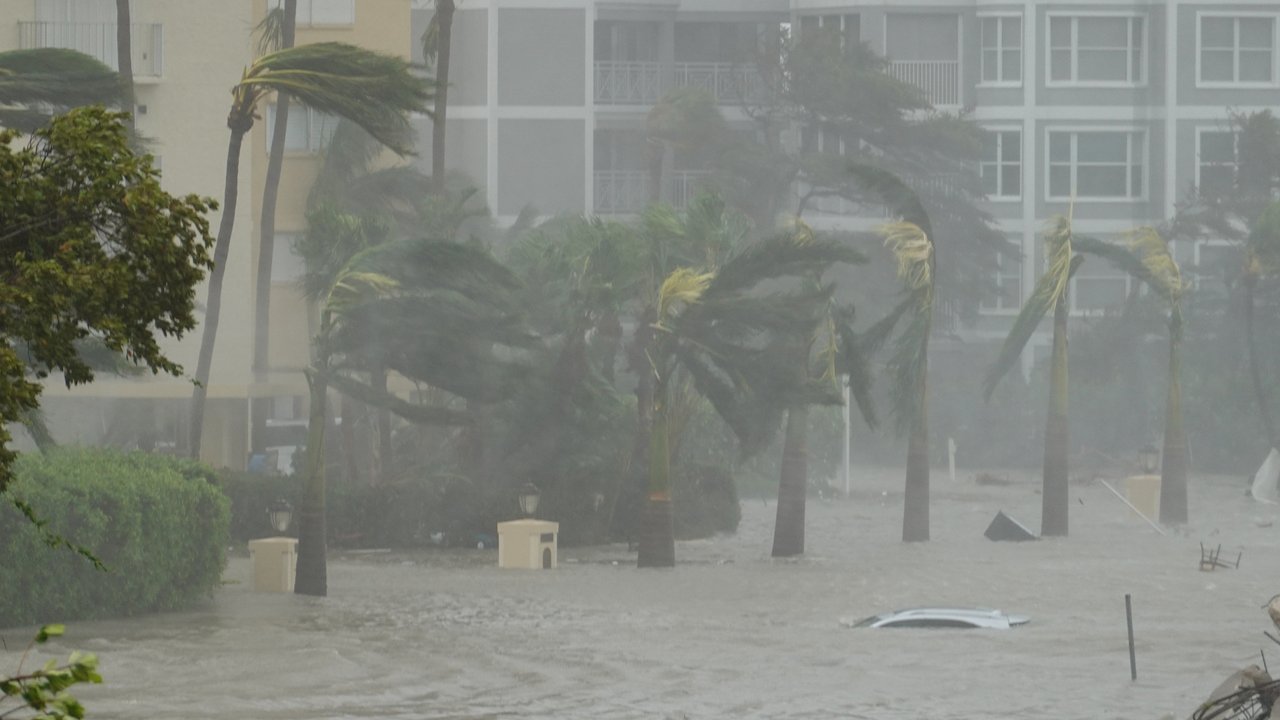2022 hurricane season: Fewer storms than anticipated, but still extremely damaging
3 minutes read
Published 11/30/2022

/Rauch%20Ernst_OS_1311_srgb_gold_square.png/_jcr_content/renditions/crop-16x9-393.jpg./crop-16x9-393.jpg)
"2022 continues the trend of increasing losses from US hurricanes in recent years. Additionally, just a single storm like Ian is enough to cause immense losses. This is not new, of course, but it is important. Because it is precisely hurricanes like Ian – very strong storms with extreme precipitation – that will occur more frequently in the future due to climate change."
Ernst Rauch
Chief Climate Scientist, Munich Re
The 2022 North Atlantic hurricane season in detail:
- By the official end of the storm season in late November, 14 hurricanes had been counted in the North Atlantic. Of these, eight reached hurricane strength and two were storms of the most severe categories 3–5. Although this means that storm activity was above the long-term average for 1950–2021 (total 12.2 / hurricanes 6.4 / severe hurricanes 2.7), it was below the average since 1995 for a storm-active warm phase in the North Atlantic (15.7 / 7.7 / 3.6).
- At the beginning of the hurricane season, all research institutes, including Munich Re, had expected a higher number of hurricanes due to prevailing La Niña conditions. This is a phenomenon that occurs as part of a cyclical climate oscillation in the Pacific ("El Niño/Southern Oscillation", ENSO for short), which affects weather across the world. La Niña conditions usually favour the development of hurricanes, while El Niño conditions hinder them. This year, however, unusually dry air in higher layers of the atmosphere and temporarily cooler water temperatures in the tropical North Atlantic meant that only a few and mostly weaker storms developed early in the season until the end of August.
- In September, the storm season picked up speed. In the Caribbean, Hurricane Fiona developed into the first major hurricane (categories 3–5) of the season. It hit several Caribbean islands and then moved far off the east coast of the USA to Canada with enormous wind speeds. There, the storm made landfall with hurricane-force winds in the province of Nova Scotia, causing significant damage.
- At the end of the month, Hurricane Ian slammed into the west coast of Florida with winds of almost 250 km/h. It was the fifth-strongest storm – alongside several previous storms with similar wind speeds – to hit the US mainland since systematic records began over 100 years ago. Preliminary estimates put overall losses at around US$ 100bn, of which some US$ 60bn will be borne by private insurers (excluding NFIP1).
- Even in November, at the end of the season, three hurricanes still occurred.
Munich Re’s NatCatSERVICE collects information from governmental agencies, scientific institutes, associations, the insurance industry, the media and other publicly available sources in order to analyse nat cat losses. NatCatSERVICE applies Munich Re’s comprehensive in-house nat cat expertise and market data from the worldwide insurance markets to its analyses. Munich Re assumes no guarantees as to the accuracy of this data, which is collected as of specific dates and can also change at any time. The information may not be used as the basis for any decision without prior professional advice and careful contextual analysis. Munich Re is not liable for damages arising from any decisions that third parties may take on the basis of this information.
2
Munich Re Experts

Ernst Rauch
Chief Geo & Climate Scientist
until 28 February 2025

Peter Miesen
Senior Consultant Storm
Related Topics
Newsletter
properties.trackTitle
properties.trackSubtitle
0:00
